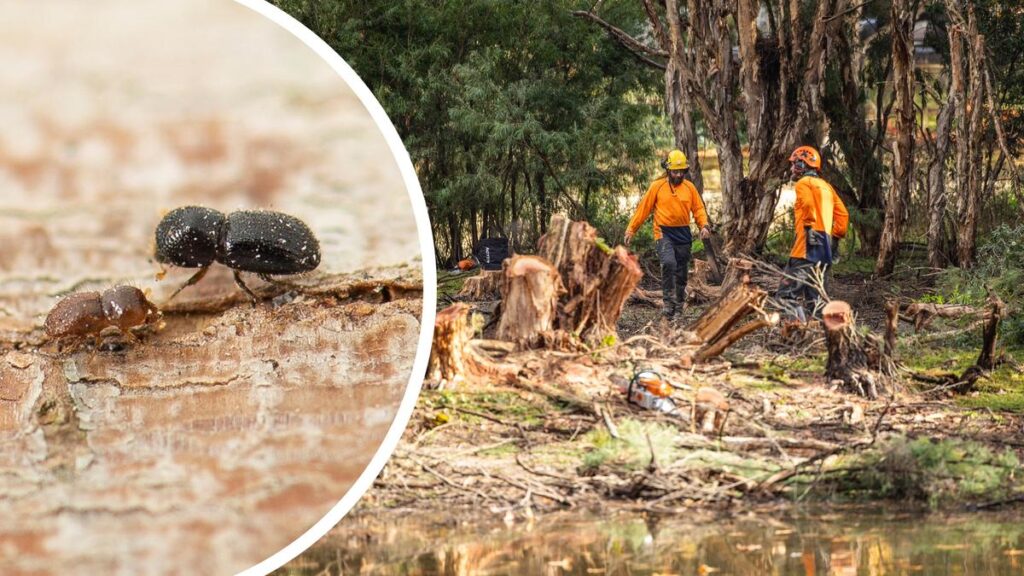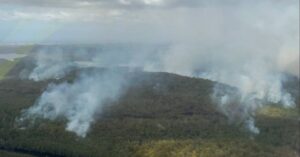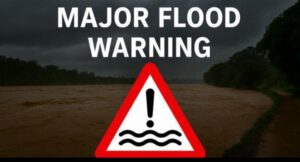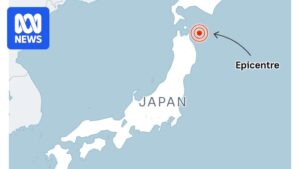
sxfgjh
Multiple Perth council leaders have voiced their frustration with the State Government for transferring the “significant burden” of managing the invasive shot-hole borer species to local governments, which they claim urgently require more funding to tackle the issue effectively.
Last week, the State Government abandoned its unsuccessful polyphagous shot-hole borer eradication plan, citing that eradication was no longer feasible and announced a shift to a “management strategy.” However, this new approach has been met with backlash from local governments, who argue that the responsibility has been abruptly shifted onto them without adequate preparation or resources.
Local Leaders Express Concerns
Subiaco Mayor David McMullen, speaking to PerthNow, expressed disappointment over the decision to cease eradication efforts. In Subiaco alone, 169 trees have already succumbed to the borer and required removal.
“As the decision is reportedly based on science, only other scientists can really unpack the correctness of the conclusions and assumptions,” McMullen stated. “But for residents such as those in our community, we are left asking whether our State Government could or should have done more to achieve eradication while it still remained a technical possibility.”
Similarly, Don Burnett, CEO of the Shire of Peppermint Grove, where over 200 trees have been felled, echoed these concerns, highlighting the challenges local councils face in coordinating a management program across 30 metropolitan local governments with varying priorities and resources.
“Trying to coordinate a management program for PSHB across 30 metropolitan local governments, all with differing priorities, budgets, resource capacity, and differing degrees of impact by PSHB, is not an effective way to try and control the borer,” Burnett noted.
Funding and Financial Implications
The State Government has introduced a $7.2 million Tree Recovery program to assist local governments in funding replacement projects. This program offers up to $1140 per PSHB-affected tree removed, covering the cost of one primary replacement tree, two additional trees, and associated establishment items. However, many local leaders, including WA Local Government Association President Karen Chappel, argue that this is insufficient.
“This failure will have significant implications for local government, who are already spending millions to control the polyphagous shot-hole borer and increase tree canopy, and will now face the additional, ongoing costs of managing or removing infected and dying trees in public parks and streets,” Chappel emphasized.
Mayor McMullen also highlighted the financial strain on Subiaco, noting the lack of funding for ongoing management and corrective actions.
“More funding is urgently needed. Otherwise, we will see a significant burden passed on to local governments, as well as private landholders, who will not all have the resources, expertise, or the means to undertake sufficient corrective actions,” he warned.
Political and Agricultural Ramifications
The opposition has criticized the State Government’s change in direction, attributing it to an inadequate early response to the borer infestation. Opposition agriculture spokesman Lachlan Hunter accused the government of surrendering prematurely.
“This is an abject failure on behalf of the State Government, they have raised the white flag,” Hunter remarked. “Hindsight is a wonderful thing; if this act was properly responded to with proper funding, then maybe we could have stopped the infestation.”
The potential impact on Western Australia’s horticulture and agriculture sectors is also a growing concern. The shot-hole borer poses a threat to some of the nation’s most productive citrus and avocado farms, with the potential for devastating effects if the pest spreads to areas around Perth’s foothills.
Looking Ahead
As Perth councils grapple with the new responsibilities thrust upon them, the call for increased funding and support from the State Government grows louder. The effectiveness of the management strategy remains to be seen, but the urgency for a coordinated and well-funded response is clear.
Local governments and residents alike are left to navigate the challenges of managing the shot-hole borer’s impact on their communities, with the hope that additional resources and strategic planning can mitigate the pest’s damage.





